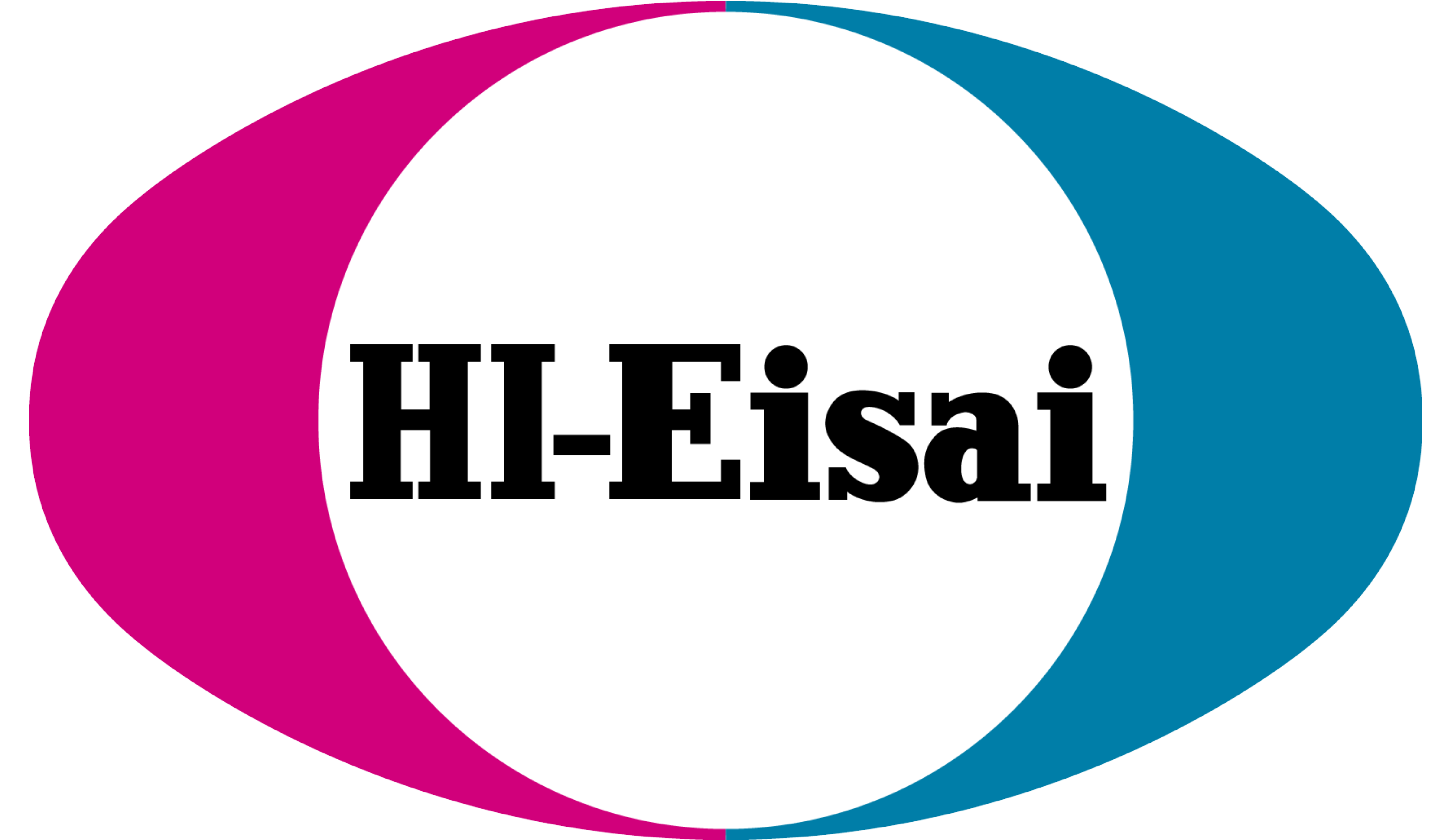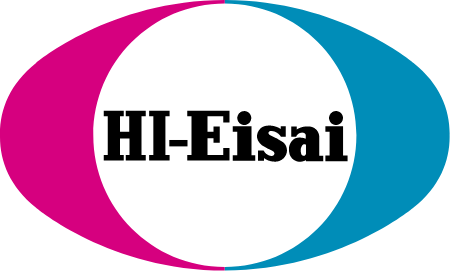Hope for Patients with Early Alzheimer’s Disease
LEQEMBI™ (lecanemab-rimb) has the potential to make a difference for people living with early Alzheimer’s disease (AD), their loved ones and healthcare professionals, and was recently approved by the U.S. Food and Drug Administration (FDA) for the treatment of AD. Eisai has worked with the FDA and the FDA has approved the LEQEMBI U.S. Prescribing Information (USPI) and Medication Guide, which provides a summary of the essential scientific information needed for the appropriate use of the product. This information will allow healthcare providers, patients and their families to make an informed decision regarding LEQEMBI therapy and will provide guidance to healthcare providers on how to monitor patients for potential side effects, such as amyloid-related imaging abnormalities (ARIA). As with all therapies, patients and their families will need to discuss the benefits and risks in relation to their condition and medical history with their healthcare provider, prior to initiating treatment.
Patient Safety is Eisai’s Priority
First and foremost, the well-being and privacy of the patients enrolled in our clinical studies or prescribed our medications are always Eisai’s top priority. Eisai has an experienced team responsible for collecting and analyzing adverse events (including any fatalities) possibly related to its investigational drugs or commercially available medicines. These adverse events and other safety information from any source undergo continuous review to fully inform our knowledge of the safety profile of Eisai’s products. This information is provided to the FDA and other regulatory authorities consistent with their requirements and guidelines. Eisai promptly communicates important safety information to regulatory agencies, clinical trial sites, clinical trial investigators and patients through the established notification methods, including clinical trial site communications, Independent Review Board (IRB) communications and patient Informed Consent Forms (ICF) as required by the various health authorities. Eisai works closely with regulatory agencies to update approved product information with new safety information.
Important Considerations in the Study of Alzheimer’s Disease
Part of Eisai’s commitment to patient safety is studying the frequency, pattern, causes and risk factors of diseases and health-related events in different populations. According to the World Health Organization (WHO), dementia is the seventh leading cause of death among all diseases1 and the Centers for Disease Control and Prevention (CDC) reports that AD is the leading cause of dementia and the fifth leading cause of death for those 65 years and older.2 According to the Alzheimer’s Association, the average survival after diagnosis is typically three to eleven years (median survival time: eight years).3 The patients who participate in trials for AD treatments have a relatively high rate of mortality due to the physical effects resulting from the natural progression of AD and the variety of medical conditions that develop as people continue to age. For example, comprehensive reviews of the scientific literature have found that patients with AD have a significantly higher incidence of hemorrhagic strokes (strokes associated with bleeding in the brain).4 When evaluating suspected serious adverse reactions, including death, of any clinical trial participants or patients prescribed medications outside clinical trials, one must consider factors like age, clinical history, concomitant medications, temporal correlation, biologic plausibility, and effects of dechallenge/rechallenge of the suspected drug.
Understanding Amyloid-Related Imaging Abnormalities (ARIA)
Monoclonal antibodies directed against aggregated forms of beta amyloid, including LEQEMBI, can cause ARIA characterized as ARIA with edema (ARIA-E), which can be observed on magnetic resonance imaging (MRI) as brain edema or sulcal effusions, and ARIA with hemosiderin deposition (ARIA-H), which includes microhemorrhage and superficial siderosis.5 ARIA and infusion reactions are important side effects that can be seen with LEQEMBI treatment.
ARIA-H can occur spontaneously in patients with AD. ARIA-H associated with monoclonal antibodies directed against aggregated forms of beta amyloid generally occurs in association with an occurrence of ARIA-E. ARIA-H of any cause and ARIA-E can occur together. ARIA is usually asymptomatic, although serious and life-threatening events, including seizure and status epilepticus, rarely can occur. When present, reported symptoms associated with ARIA may include headache, confusion, visual changes, dizziness, nausea and gait difficulty, and focal neurologic deficits may also occur. These symptoms usually resolve over time. Intracerebral hemorrhage greater than 1 cm in diameter has been reported. Events of intracerebral hemorrhage, including fatal events, in patients taking LEQEMBI have also been reported.5
The USPI provides physicians with important clinical information on, among others, the incidence and classification criteria for ARIA, how to monitor, and recommendations for dosing interruptions in patients with ARIA. Prescribing physicians are also instructed to obtain a recent (within one year) brain magnetic resonance imaging (MRI) prior to initiating treatment with LEQEMBI as well as an MRI prior to the 5th, 7th and 14th infusions. Enhanced clinical vigilance for ARIA is recommended during the first 14 weeks of treatment with LEQEMBI. Risk of ARIA, including symptomatic ARIA, was increased in apolipoprotein E ε4 homozygotes compared to heterozygotes and noncarriers. If a patient experiences symptoms suggestive of ARIA, clinical evaluation should be performed, including MRI scanning if indicated. Please review the complete USPI for important safety information on ARIA and infusion-related reactions.5
On November 29, 2022, the confirmatory Phase III CLARITY AD clinical trial results for LEQEMBI were published in The New England Journal of Medicine6 and presented at the 15th Annual Clinical Trials on Alzheimer’s Disease (CTAD) conference.7 The overall mortality rates observed in both the LEQEMBI and placebo groups in the CLARITY AD clinical trial were similar and below the age-adjusted mortality rates reported by the CDC for the U.S. population.8 The results of the confirmatory CLARITY AD study are anticipated to be submitted to the FDA very shortly for review for traditional approval.
Media Inquiries on Individual Cases
As we explained in our December 23, 2022, statement, Eisai takes seriously our responsibility to protect the safety and privacy of patients who contribute to medical science by participating in our studies. Outside of scientific papers in peer-reviewed journals or scientific conferences, it would be inappropriate to provide additional information about specific patients or comment on information that was provided by other sources.
On January 4, The New England Journal of Medicine (NEJM) published two peer-reviewed letters about a tragic individual case9,10. The NEJM letters provide medical perspectives to this case previously reported by the media. Eisai will continue to examine and publish data in peer-reviewed medical journals and present findings to the scientific community at medical congresses.
We are incredibly grateful to patients, families and the healthcare provider community for their participation in clinical research to help combat AD and all other devastating diseases.
Stewart Geary, M.D.
Global Safety Officer
References:
- Dementia. World Health Organization. https://www.who.int/news-room/fact-sheets/detail/dementia. Publication date September 20, 2022.
- Alzheimer’s Disease. Centers for Disease Control and Prevention.
https://www.cdc.gov/dotw/alzheimers/index.html#:~:text=Alzheimer%27s%20disease%20is%20the%20most,of%20death%20for%20all%20adults. Updated September 27, 2022. Accessed December 28, 2022. - 2022 Alzheimer’s Disease Facts and Figures. Alzheimer’s Association. alzheimers-facts-and-figures.pdf. Publication date 2022.
- Reem Waziry, Lori B. Chibnik, Daniel Bos, M. Kamran Ikram, Albert Hofman. Risk of hemorrhagic and ischemic stroke in patients with Alzheimer disease. Neurology®. 2020; 94:265-272. doi:10.1212/WNL.0000000000008924. https://n.neurology.org/content/early/2020/01/16/WNL.0000000000008924/tab-article-info?versioned=true
- LEQEMBI™ Full Prescribing Information
- van Dyck, Christopher H. M.D., et al. Lecanemab in Early Alzheimer’s Disease. The New England Journal of Medicine. Publication date November 29, 2022. DOI: 10.1056/NEJMoa2212948. https://www.nejm.org/doi/full/10.1056/NEJMoa2212948
- Eisai Presents Full Results of Lecanemab Phase 3 Confirmatory Clarity AD Study for Early Alzheimer’s Disease At Clinical Trials On Alzheimer’s Disease (CTAD) Conference. 2022. Available at: https://www.eisai.com/news/2022/news202285.html
- Deaths and Mortality. Centers for Disease Control and Prevention. https://www.cdc.gov/nchs/fastats/deaths.htm.
- Reish NJ, Castellani R, Chou SH-Y, et al. Multiple cerebral hemorrhages in a patient receiving lecanemab and treated with t-PA for stroke. The New England Journal of Medicine. January 4, 2023. https://www.nejm.org/doi/pdf/10.1056/NEJMc2215148
- Sabbagh, Marwan, M.D., van Dyck, Christopher, H., M.D. Response to: Multiple Cerebral Hemorrhages in a Patient Receiving Lecanemab and Treated with t-PA for Stroke. The New England Journal of Medicine. January 4, 2023. https://www.nejm.org/doi/full/10.1056/NEJMc2215907






